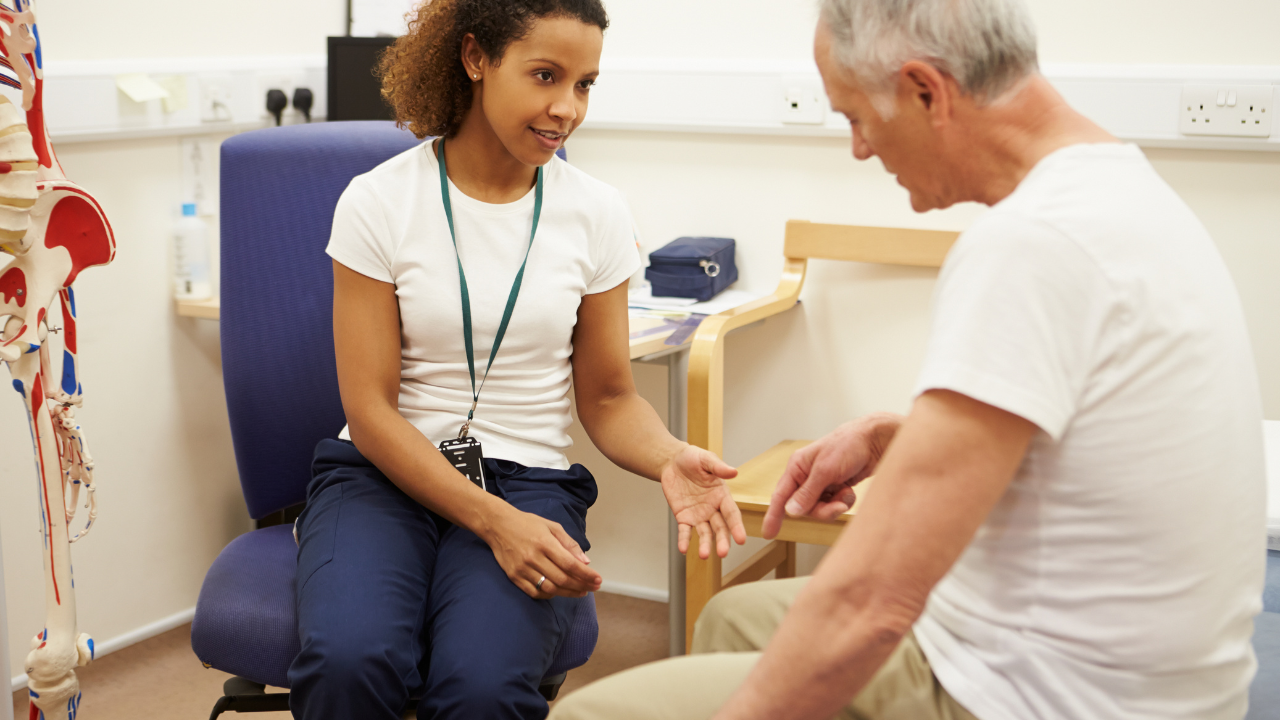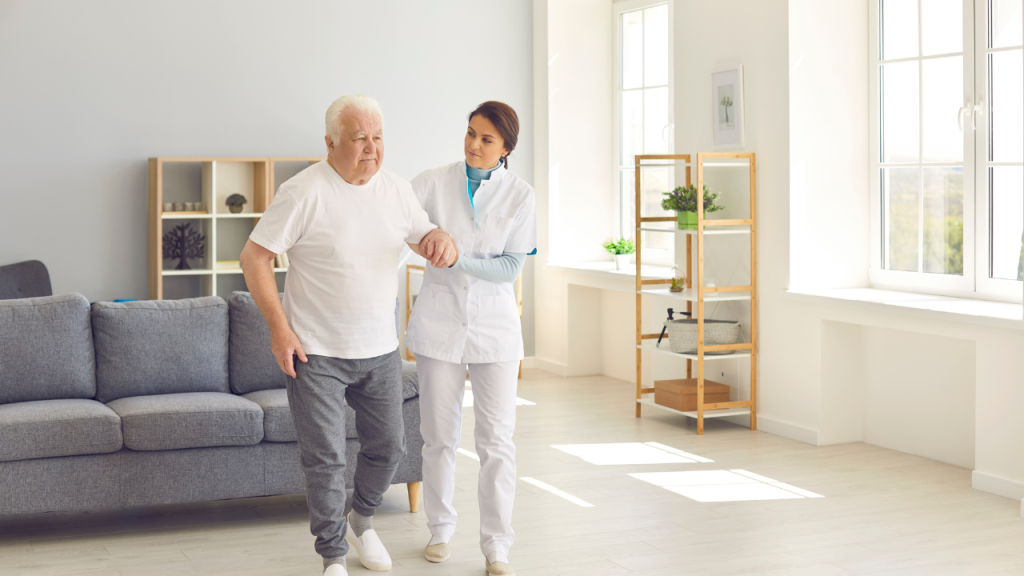
Falling can be one of the most frightening risks as we age. It’s not just about bruises or fractures — a single fall can change the course of an older adult’s life, shaking their confidence and independence. But what if there was a way to reduce that risk and regain a sense of stability? That’s exactly where geriatric physical therapy steps in, offering hope, strength, and balance back to many seniors. Let’s dive into how this specialized therapy helps prevent falls and improves balance, so you or your loved ones can move through life with confidence.
Understanding the Risk: Why Falls Happen in Older Adults
First, it’s important to understand why falling becomes such a concern with age. As we grow older, our bodies naturally change. Muscle strength decreases, reflexes slow down, and balance can become less reliable. Vision and hearing might also decline, which affects spatial awareness. Even common medical conditions like arthritis or diabetes can impact mobility and sensation.
But it’s not just physical changes. Fear of falling itself can make seniors move cautiously, which ironically can weaken muscles and reduce confidence, creating a vicious cycle. This is why preventing falls isn’t simply about avoiding hazards at home; it’s about building a foundation of physical strength and stability.
What Makes Geriatric Physical Therapy Different?
Physical therapy, in general, is designed to help people recover movement and function after injuries or due to chronic conditions. Geriatric physical therapy, however, focuses specifically on the unique challenges faced by older adults. Therapists working in this field understand that aging bodies require a tailored approach that respects both limitations and potential.
Rather than pushing for extreme workouts, geriatric therapists guide patients through exercises that enhance balance, flexibility, and muscle strength — all carefully adjusted for safety. The goal is to empower seniors, not overwhelm them. This means the therapy becomes a partnership, addressing each individual’s fears, goals, and lifestyle.
How Balance Training Plays a Crucial Role
Balance is a complex skill, often taken for granted until it’s compromised. It relies on the coordination of muscles, the nervous system, and sensory input from the eyes and inner ears. When any part of this system falters, standing and walking can become risky.
Geriatric physical therapists focus heavily on balance training. This is not just about standing still — it involves dynamic movements that simulate everyday activities, like reaching, turning, or walking on uneven surfaces. These exercises help rewire the brain and muscles to react better to unexpected changes, such as tripping or shifting weight suddenly.
What makes this training so effective is its personalization. The therapist might use gentle balance boards, assistive devices, or even simple heel-to-toe walks. Progress is steady, ensuring confidence grows alongside ability.
Strengthening Muscles to Support Stability
Weak muscles are a major culprit behind falls. It’s easy to lose muscle mass with age, especially when activity levels drop. Geriatric physical therapy combats this with targeted strengthening exercises that focus on the legs, hips, and core — the body’s pillars for maintaining upright posture.
Strong muscles don’t just prevent falls; they help with quicker recovery if a stumble does occur. Exercises might include seated leg lifts, gentle squats, or resistance band work, all adapted to what the patient can safely perform. The emphasis isn’t on heavy lifting but on consistent, gradual improvement.
A wonderful side effect of this strengthening is increased endurance. Everyday tasks like climbing stairs or walking to the mailbox become less tiring, which encourages seniors to stay active — a key factor in long-term health and fall prevention.
Gait Training: Improving How You Walk
How someone walks reveals a lot about their balance and strength. Older adults might develop a slower, shuffling gait that limits mobility and increases fall risk. Geriatric physical therapy incorporates gait training to help patients regain a smoother, safer walking pattern.
This aspect of therapy involves observing the way someone moves and identifying issues like uneven steps, poor foot placement, or difficulty lifting the feet. Therapists then work on correcting these through drills and walking exercises, often using parallel bars or treadmills for support.
Improving gait not only reduces the risk of tripping but also enhances confidence. When you feel more stable walking, you’re naturally more willing to engage in activities that keep you healthy and socially connected.
The Role of Education and Home Safety Assessments
Physical therapy is more than just exercises — it’s also education. Therapists take the time to teach patients about fall risks and strategies to stay safe. This might include advice on how to get up safely after a fall, the importance of wearing proper footwear, or how to use assistive devices correctly.
In many cases, a therapist will also conduct a home safety assessment, identifying potential hazards like loose rugs, poor lighting, or cluttered walkways. Simple modifications at home can drastically reduce fall risk and complement the physical gains made during therapy.
Mental and Emotional Benefits of Geriatric Physical Therapy
It’s easy to overlook how much confidence and mental well-being play into physical health. Fear of falling often leads to isolation and inactivity, which worsens physical decline. Geriatric physical therapy addresses this by providing a supportive environment where patients feel safe to challenge themselves.
Progress in therapy can boost self-esteem and reduce anxiety about movement. Many seniors report feeling empowered after therapy, not just physically but emotionally. This mental shift is crucial because it encourages ongoing activity and engagement with life — both vital in maintaining independence.

Real Stories: How Thrive Physical Therapy Makes a Difference
At Thrive Physical Therapy, this personalized, holistic approach shines through. The therapists there specialize in creating tailored programs that fit each patient’s unique needs. Whether it’s a gentle balance routine, strength training, or gait improvement, the care is rooted in respect and understanding.
Patients often share how their fear of falling has diminished, replaced by a renewed zest for life. Simple activities like gardening, walking the dog, or playing with grandchildren become not just possible but enjoyable again. Thrive’s commitment to education means that patients leave therapy equipped not just with stronger bodies but with practical knowledge to keep themselves safe at home.
The team at Thrive knows that prevention is the best medicine. Their proactive approach identifies fall risks early and tackles them head-on, transforming what can be a vulnerable time into one of growth and empowerment.
Suggested Reading: Top Benefits of Geriatric Therapy for Aging Adults
Conclusion: Why Geriatric Physical Therapy is Essential for Fall Prevention and Balance
Falls don’t have to be an inevitable part of aging. Through specialized geriatric physical therapy, older adults can reclaim balance, strength, and confidence. The personalized programs address the root causes of falls, from muscle weakness and poor gait to fear and environmental hazards. This therapy isn’t just about physical health; it’s about enhancing quality of life and preserving independence.
If you or a loved one are concerned about balance or fall risks, exploring geriatric physical therapy could be a life-changing step. Thrive Physical Therapy offers expert guidance and compassionate care, dedicated to helping seniors move safely and confidently through every stage of life.
For more information and to begin your journey toward better balance and fall prevention, visit Thrive Physical Therapy. They’re ready to support you every step of the way.

